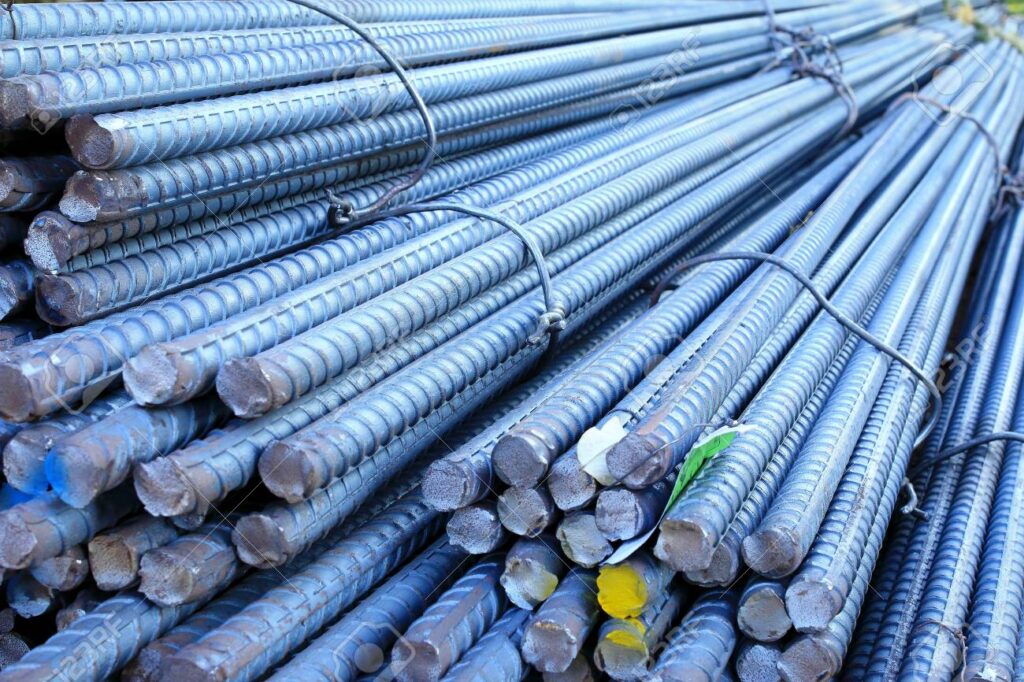
Turkish rebar producers have focused more on shipments to East and South East Asia in recent years to overcome declines in some of their main export markets.
As Chinese mills focused more on domestic demand rather than exports, Turkish mills managed to raise their market shares notably in East Asia in 2020.
Hong Kong became Turkey’s third largest rebar export destination in this sentiment, as shipments to that country reached 532,900 mt in the first eleven months of 2020, sharply higher than 214,800 mt exported in the same period the previous year.
Although Turkish mills’ rebar exports to the Middle East region, previously one of Turkey’s top rebar export destinations, have fallen significantly due to increased steel production there, Yemen and Israel remained large importers of Turkish rebar in the region.
Yemen imported 855,000 mt of in January-November, relatively flat on year, while rebar exports to Israel totaled 849,900 mt, 5% higher on year.
The US, which was one of Turkey’s top rebar export destinations before the Trump administration imposed Section 232 tariffs in June 2018, regained that status in 2020, as prices in the US market rose notably due to the tariff, making exports to that country profitable again for Turkish mills.
Turkish mills’ rebar exports to the US reached 386,400 mt in the first eleven months of 2020, more than four-fold the 85,700 mt shipped in the same period the previous year.
Turkish mills’ rebar exports to the US are expected to reach around 400,000 mt this year. However, this export figure is still notably low taking into account that the US was Turkey’s main rebar export market in 2016, buying 1.38 million mt that year.
Turkey’s rebar exports to the EU region declined notably in the first eleven months of 2020, amid quotas and the negative effects of the pandemic.
Turkish mills’ overall rebar export volumes in the first eleven months of the year remained below last year, declining to 5.29 million mt from 5.45 million mt exported in the same period the previous year, S&P Global Platts observed from the latest Turkish Statistical Institute (TUIK) data published Dec. 31, 2020.
— Cenk Can






